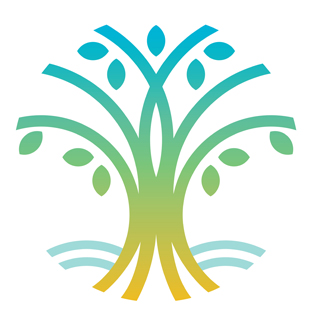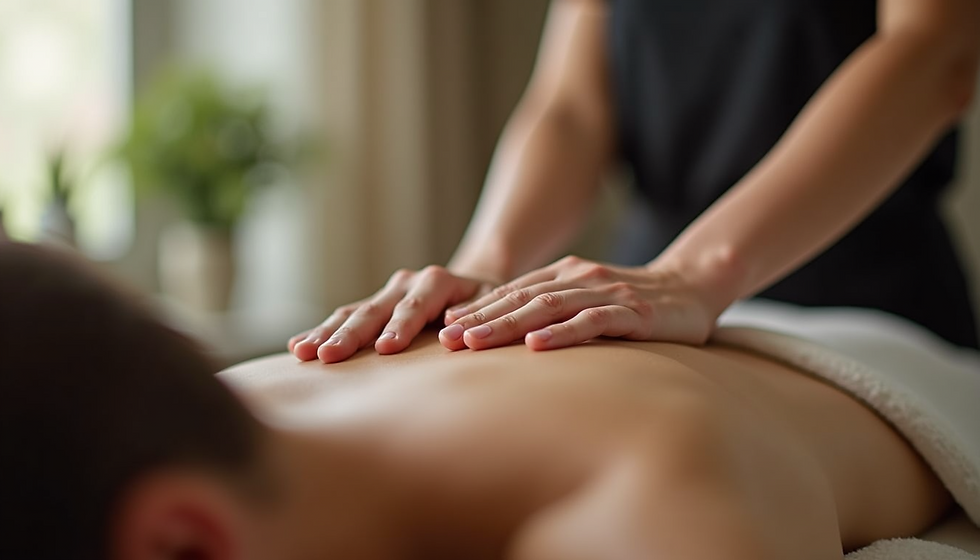Reiki Series: How it Works - Part 2 of 4
- Nikki Staley
- Aug 30, 2024
- 5 min read

In this four part series, we explore the world of Reiki, a powerful healing practice that promotes balance and wellbeing. In the first article, we introduced you to the basics of Reiki, including its history and core principles. The second article below delves into how Reiki works, explaining the mechanisms behind this energy-based healing technique. The third article we outline practical ways Reiki can improve your daily life, from reducing stress to enhancing emotional balance and finally, the fourth is for those who want to become a Reiki Practitioner. Let's get into it!
How Reiki Works
Reiki, a holistic energy healing practice, operates on the concept of channelling universal life force energy to support and enhance physical, emotional and spiritual wellbeing. Understanding how Reiki works involves exploring its principles, the science behind it, and its functionality in promoting healing.
The Essence of Reiki Energy
Reiki is based on the idea of "ki" (Japanese) or energy. Everything is made up of energy which is unlimited in nature. You may not see energy, but it is the force that feeds all life and physical forms. During the course of someone's life the body can accumulate blockages in the energy field through conditioned thoughts and feelings, trauma, food, pollutions in the air and drugs and alcohol. Overtime the energy starts to thin and decrease in strength in the body as the person ages. It is at this point physical pain or illness can arise which is a direct reflection of the build up of too much negative energy within the body.
During a Reiki Treatment, the practitioner channels this life force energy through their hands to the recipient's body recharging and strengthening the bodies energy flow and amount, restoring balance and harmony by clearing blockages. This then activates the bodies own natural healing mechanism to heal itself.
The Reiki Session Experience
During a Reiki session, the recipient remains fully clothed and lies down comfortably. The practitioner uses a series of hand positions, either directly on or just above the recipient's body, to facilitate the flow of energy. This process is designed to induce a deep state of relaxation and calm, which can help reduce stress and promote emotional clarity.
The hands are used to channel energy in specific areas, which may correspond to three main energy centres in the body, known as the three diamonds. The first one is the hara/earth ki which is three finger widths below the navel, the heart/heart ki (centre of the chest) and the head/heaven ki. Ki refers to the vital life force energy that sustains all life. Each hand position is intended to address different aspects of the recipient's needs especially if they are addressing a particular illness in the body. So if someone is recovering from heart surgery the practitioner would work on this area, or lungs problem, the lungs area etc. Also different parts of the body represent different emotional states. So relationship issues can also be reflected in the heart and throat area (if someone has difficulty speaking their truth, etc.). The body is always telling you what the physical, emotional or spiritual problem is. The practitioner's intention and focus play a crucial role in directing the energy and supporting the recipient's natural healing process.
Energy Flow and Healing
Reiki is based on the principle that when energy flows freely unimpeded and is very strong, it indicates a happy and healthy person. Blockages or disruptions in this energy flow can lead to physical ailments, emotional issues, or mental fatigue. Reiki practitioners are trained to detect these blockages and channel healing energy to the affected areas, facilitating the body's natural ability to heal itself.
The functionality of Reiki involved several key elements:
Balancing Energy: Reiki helps balance the recipient's energy field by addressing imbalances and blockages. This can lead to improved physical health, emotional stability and mental clarity.
Promoting relaxation: The deep relaxation induced during a Reiki session can lower stress levels and reduce symptoms of anxiety and depression. This relaxation helps the body to enter a state where healing processes are more effective.
Enhancing Self Healing: By supporting the body's natural healing mechanisms, Reiki can enhance recovery from illness or injury and boost overall wellbeing.
Scientific Perspectives
The scientific investigation of Reiki is an evolving field, with a growing body of research examining its efficacy. Studies have explored various aspects of Reiki, including its impact on physiological an psychological parameters.
Physiological Effects: Research published in journals such as the Journal of Pain and Symptom Management has shown that Reiki can significantly reduce pain and improve comfort in patients with chronic conditions. Studies have also indicated that Reiki may influence physiological markers like heart rate and blood pressure, suggesting a calming effect on the autonomic nervous system.
Psychological Benefits: Research conducts by institutions such as the University of Sydney and the National Library of Medicine has explored Reiki's impact on stress reduction and emotional wellbeing. Findings suggest that Reiki can reduce symptoms of anxiety and improve overall quality of life.
Mechanisms of Action: Some researchers propose that Reiki's effects may be attributed to the relaxation response it induces, which can influence various biological processes. The calming effect of Reiki may help reduce the body's stress response, thereby supporting overall health.
While the exact structure and workings of Reiki are still under investigation, existing research, supports its benefits for stress reduction, pain management and emotional wellbeing. As interest in Reiki continues to grow, ongoing studies will provide further insights into how this ancient healing practice supports health and wellbeing.
In summary, Reiki works by channelling universal life force energy to restore, balance and enable healing. Through its gentle yet profound approach, Reiki offers a complementary therapy that can enhance physical health, emotional stability, and overall wellbeing. The combination of traditional principles and emerging scientific evidence, underscores Reiki's role as a valuable tool in holistic health practices.
Reiki is now so popular in America that it has been integrated into the hospital setting with more than 800 hospitals offering it in the USA, including but not limited to: The Cleveland Clinic. Brigham & Women's Hospital.
In the next article, we will explore practical ways Reiki can improve your daily life, from enhancing emotional balance to supporting physical healing. Understand how Reiki works gives you a deeper appreciation of its potential benefits and how it can be a valuable tool in your wellness journey.
Does Reiki sound like any other healing modality you know of? Can you see other therapies that might align nicely with Reiki?
If you haven't yet experienced reiki or would like to have another session, you can book in with Nikki Staley, Metaphysician, Reiki Master/Teacher & Holistic Counsellor who is at Surf Coast Health and Wellbeing Clinic in Torquay. Book here





Comments